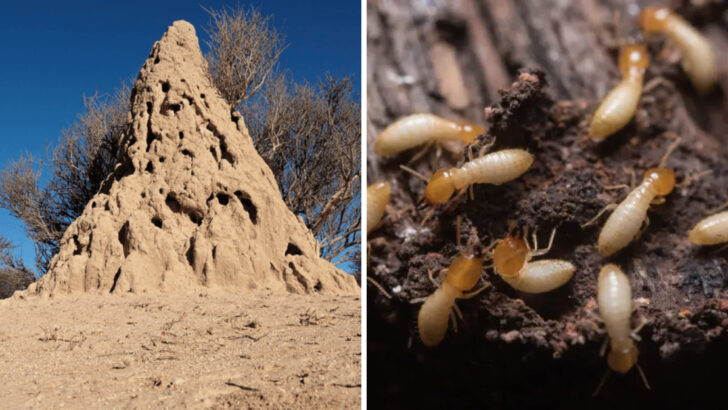They might be tiny, but they live like royalty, build like engineers, and work like machines.
Termites aren’t just wood-chomping pests—they’re underground masterminds running some of the most complex societies on Earth. With towering mud castles, rigid social classes, and armies of selfless workers, these insects operate with a level of organization that would make city planners jealous.
Their queens can lay thousands of eggs a day. Their soldiers defend the colony with acid-spraying heads. And their tunnels stretch for miles beneath our feet.
They’re not here for chaos—they’re here for control.
Ready to rethink everything you thought you knew about termites? Step inside their hidden world, where survival means structure, loyalty, and a whole lot of teamwork.
Termite Caste System
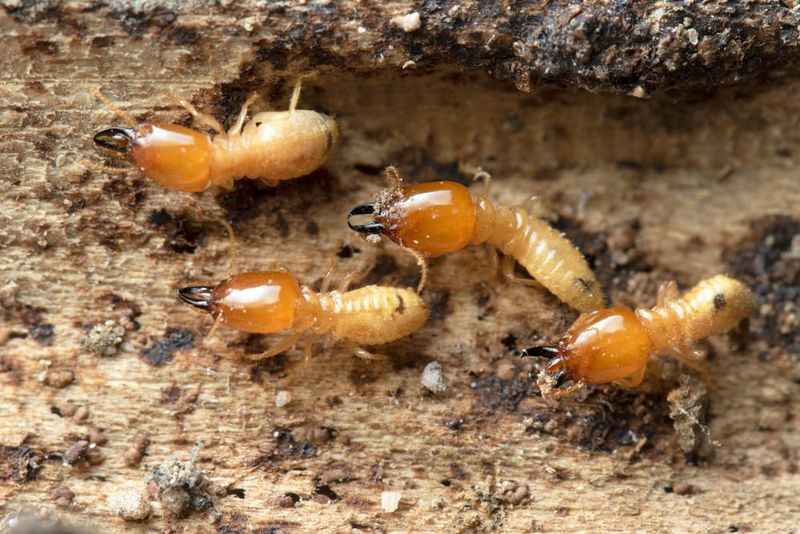
Within the subterranean depths, termites organize into a meticulous caste system. Each termite has a specific role, with workers, soldiers, and reproductive individuals like the queen.
Workers tirelessly maintain the colony, while soldiers protect it with fierce determination. The queen, a symbol of fertility, is pivotal to the colony’s growth. Her presence ensures a steady supply of eggs, facilitating the colony’s expansion.
This caste differentiation mirrors a well-oiled machine, where every part plays a vital role. It’s a testament to nature’s ability to create structured societies even amongst the smallest of creatures.
Queen Termite’s Reign
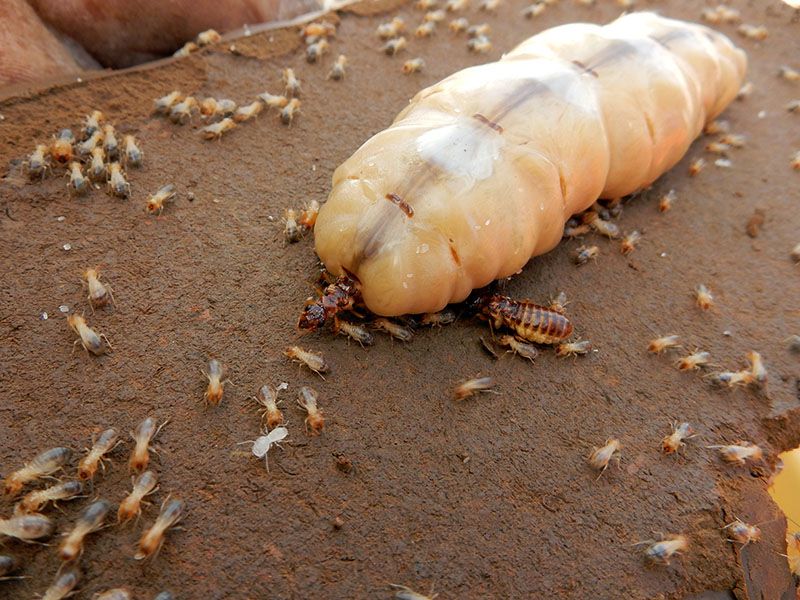
At the heart of a termite colony lies the queen, a true monarch in her own right. Her swollen abdomen, filled with eggs, is a remarkable sight.
This regal termite can lay thousands of eggs daily, ensuring the colony’s prosperity. Her life span often exceeds a decade, and her presence is vital for the colony’s success.
The queen’s ability to control the colony’s reproduction is a marvel of nature. Her leadership ensures harmony and growth, making her reign both compelling and vital to her subjects.
Termite Communication

In a world hidden from our eyes, termites talk without words. Pheromones, chemical signals, are their language.
These scents guide workers to food, alert soldiers of danger, and regulate reproduction. This silent communication fosters cooperation and efficiency. It’s an elegant system, akin to a sophisticated network, ensuring the colony thrives.
By following these invisible trails, termites can coordinate complex tasks. Their ability to communicate through chemicals is a testament to evolution’s ingenuity. In their world, scent is the key to survival and success, harmonizing millions of individual efforts into a single purpose.
Architectural Wonders
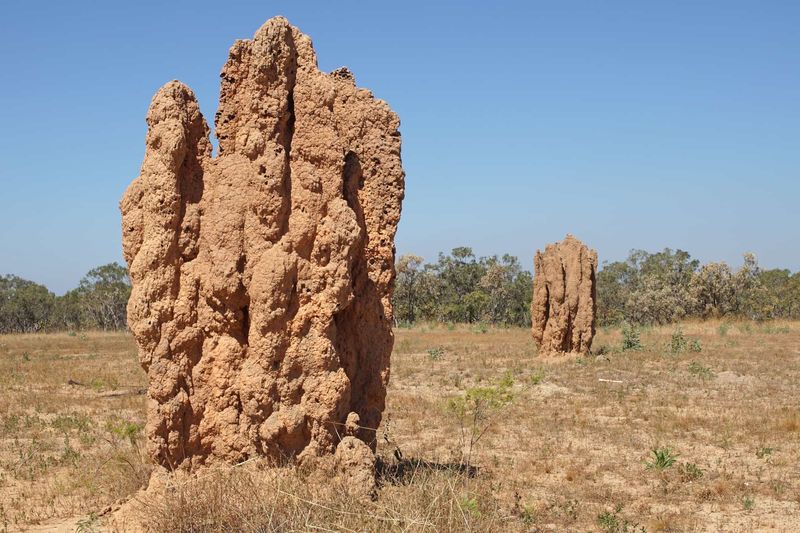
Termites are nature’s architects, crafting mounds that defy expectations. These structures, some towering over humans, are meticulously designed for ventilation and temperature control.
Built from mud, saliva, and feces, they stand resilient against the elements. Inside, a labyrinth of tunnels and chambers supports a bustling community. These mounds, scattered across landscapes like Africa’s savannas, serve as both homes and fortresses.
Their complexity and durability are a tribute to termite ingenuity. They showcase a balance between form and function, making them one of nature’s most impressive achievements.
Nutrient Recycling
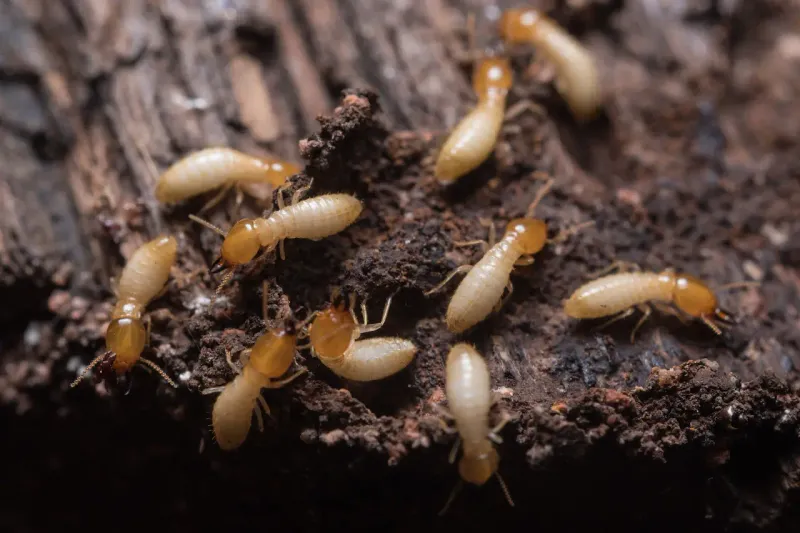
In ecosystems, termites play a pivotal role as natural recyclers. They break down tough plant fibers, recycling nutrients back into the soil.
This process supports new plant growth and maintains soil health. Their digestive systems house specialized microbes, enabling them to digest cellulose. This partnership is crucial for nutrient cycling, especially in tropical forests.
Without termites, many ecosystems would suffer from a nutrient deficit. Their contribution to soil fertility underscores their importance beyond being mere pests. They’re integral to ecological balance, showcasing nature’s interconnectedness.
Global Diversity
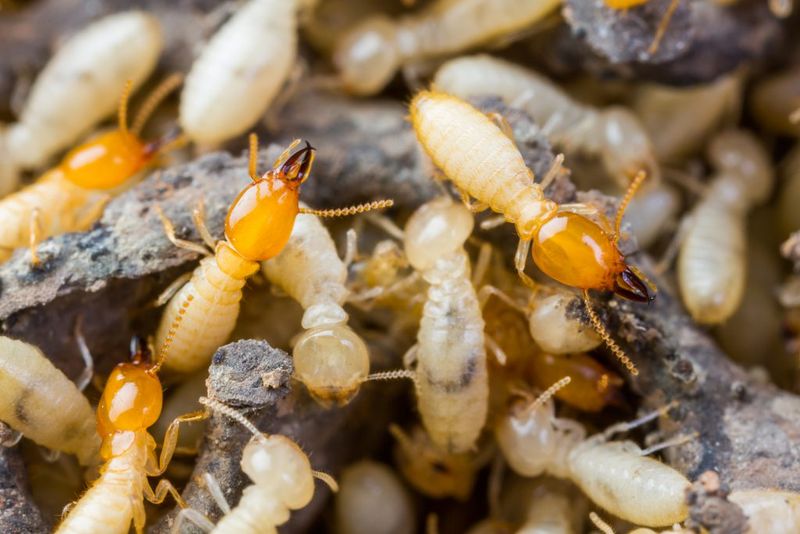
Termites are found worldwide, with over 2,000 species adapting to various habitats. From deserts to rainforests, they thrive in diverse conditions.
This adaptability showcases their evolutionary success. Each species has unique traits, such as dietary preferences and nesting behaviors. Some build towering mounds, while others remain hidden underground. Their widespread presence indicates their ecological significance.
Understanding this diversity helps researchers appreciate the roles termites play in different ecosystems. They are more than just wood-eaters; they’re ecological powerhouses with global reach and influence.
Mysterious Conehead Termites
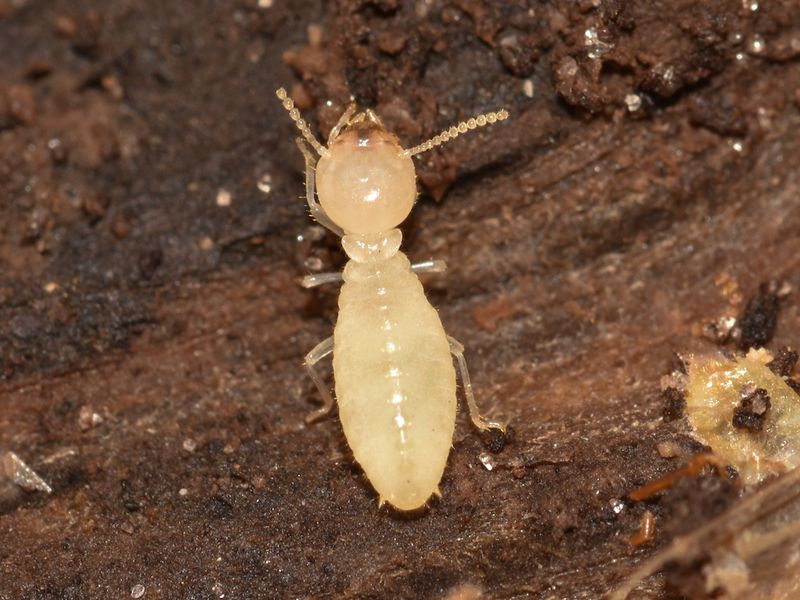
Conehead termites, with their pointed heads, are a curious anomaly among their kin. Unlike other species, they avoid building mounds, preferring open foraging.
This behavior poses unique challenges for management. Originally from the Caribbean, they’ve spread to areas like Florida, causing concern due to their destructive habits. Their aggressive nature and adaptability make them formidable invaders.
They highlight the complexities of termite management and the need for vigilance. Their presence reminds us of the delicate balance between species and the potential consequences of introduced pests.
Termite Flight and Swarming
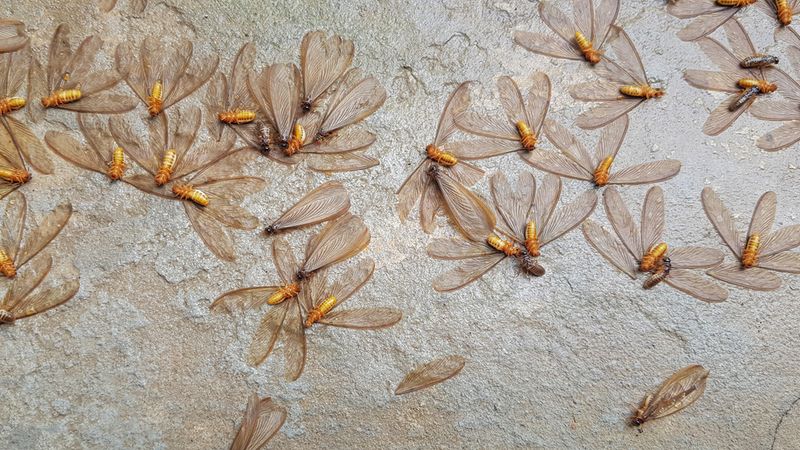
During certain seasons, termite colonies release swarmers, winged termites seeking to start new colonies. This flight is a spectacle, often occurring at twilight.
These swarmers, both male and female, are the colony’s reproductive hope. After finding a mate, they shed their wings and start anew. This journey is fraught with risks, as predators eagerly await. Yet, for some, it leads to establishing new colonies.
This swarming is a natural renewal process, ensuring termite persistence. Observing such events can be both mesmerizing and a reminder of nature’s relentless cycles.
Microbial Partners
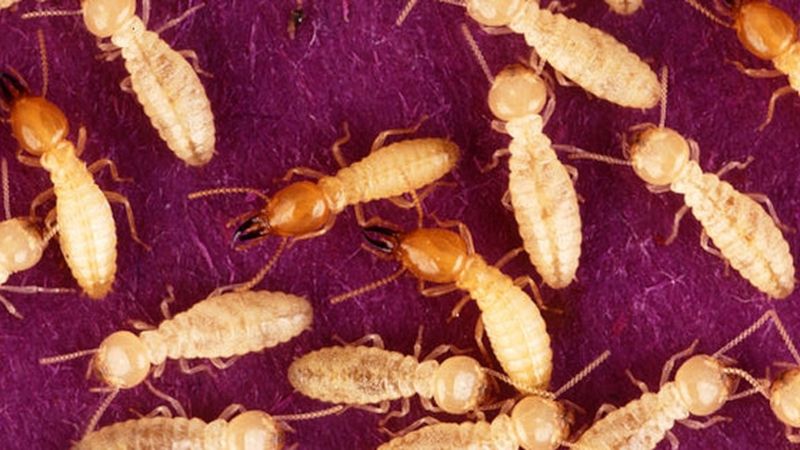
Within a termite’s gut exists a bustling world of microbes, crucial for survival. These microorganisms break down cellulose, providing essential nutrients.
This symbiotic relationship is a marvel of evolution, where both parties benefit. The microbes gain shelter and food, while the termite receives energy. This partnership highlights the complexity of nature’s dependencies. Without these microbes, termites couldn’t digest wood, profoundly affecting ecosystems.
Understanding this relationship offers insights into microbial ecology and nutrient cycling. It’s a testament to the interconnected web of life, even at microscopic levels.
Cultural Significance
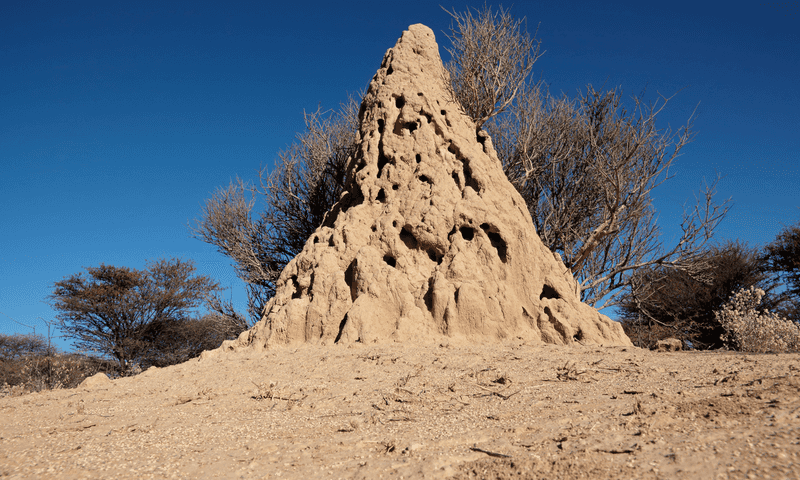
In various cultures, termites and their mounds hold symbolic meanings. In parts of Africa, mounds are seen as spiritual entities, representing fertility and continuity.
Some communities use termite clay in traditional medicine and rituals. These cultural connections underline the deep relationship between humans and nature. Termites feature in folklore, often embodying resilience and industriousness.
Such stories provide a window into human perceptions of these insects. They challenge us to view termites beyond their pest label, recognizing their place in cultural narratives. These perspectives enrich our understanding of human-nature interactions.

